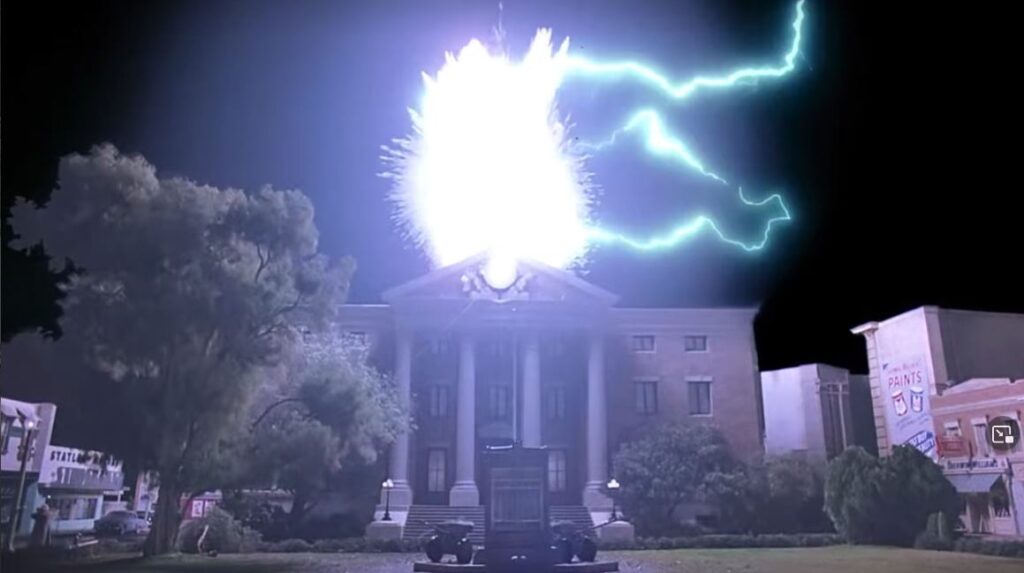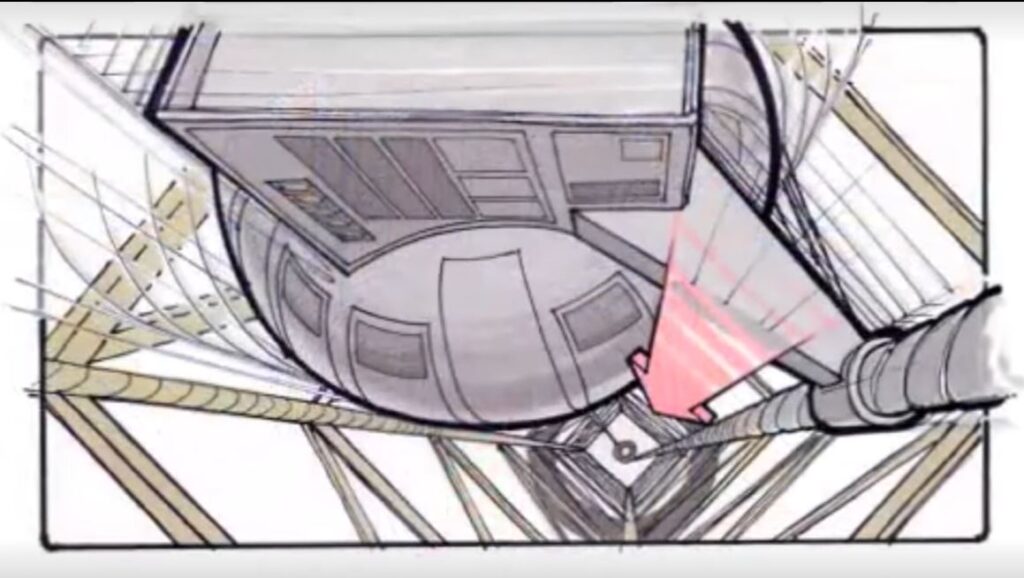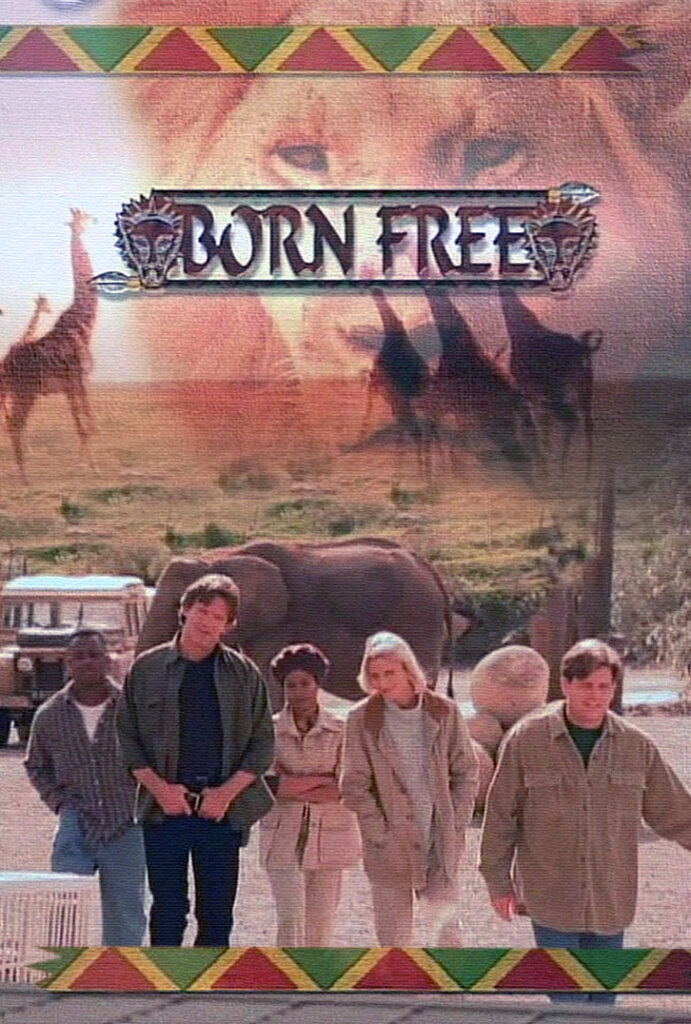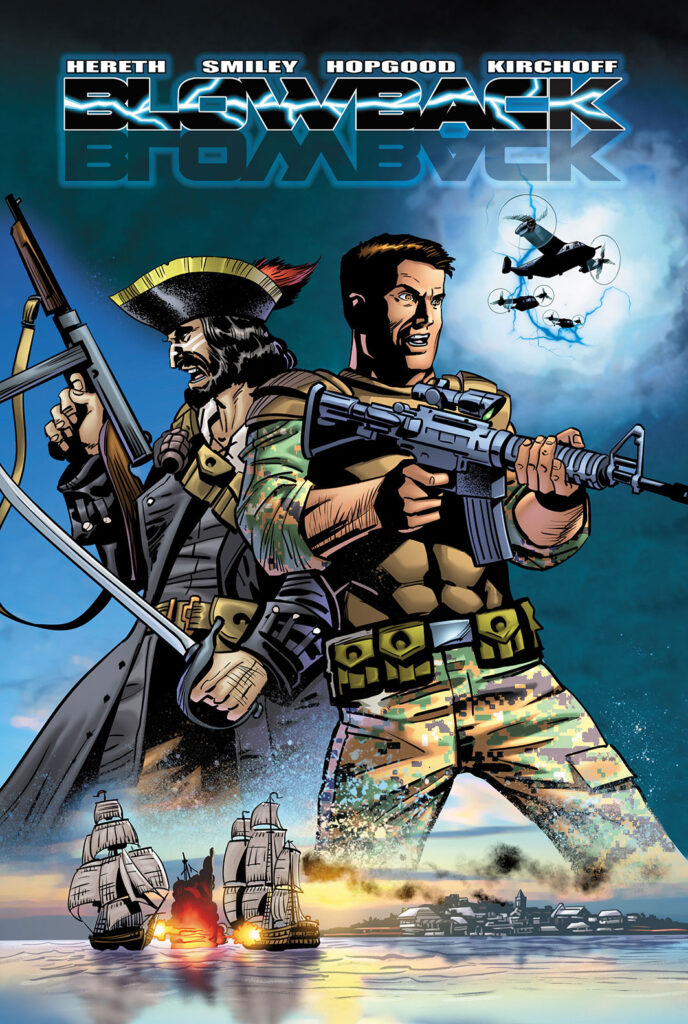
There’s an aspect – the glamourous aspect – of writing that’s all about the magical alchemy of creation. Tapping into your muse and dreaming up rich characters, dynamic relationships, and deep dramatic conflict.
Sure that’s part of it. But there’s another side of professional writing that’s less about the art, and more about the craft. The nuts and bolts. The – to quote Tim Gunn – “make it work” moments.
This is when you have to use logic and critical thinking to effectively (and deftly) sew back up a script that’s been torn apart, while still keeping all the good bits intact.
Notes are frequently a trigger for these times. But there are a host of other causes too. Budget constraints, bad weather, prop failure. Even retconning. This skill set is especially crucial mid-production, when locations may already be reserved, actors cast, and even scenes shot.
Ian Rickett, a writer on 3Below: Tales of Arcadia and Wizards mentioned once that he actually enjoyed solving these kinds of problems. Working in the room to fuse pages, scenes, and plots can be quite a challenge. But if done well, the results can be even better than the original.
This came to mind last week while watching the Back to the Future episode of The Movies That Made Us on Netflix.

Thanks in part to the addition of three DeLoreans, the budget for the movie had ballooned to over 18 million dollars, and the studio decided that savings had to be found before production could begin.
The easiest answer was to cut the expensive atomic bomb test that had originally provided nuclear energy for the jump back though time.
But what would happen in its place? With mere weeks to go before cameras started rolling, writers Robert Zemeckis and Bob Gale had to come up with an answer. Checking out the Hill Valley set at Universal Studios, inspiration struck.
Maybe, if they added a clock to the top of the courthouse, they could have it hit by lightning and know exactly the time the DeLorean could get a charge of that critical 1.21 gigawatts.
Not only was that idea incorporated at that key moment in the film, it was also carefully woven into the entire story, all the way back to the beginning and that seemingly innocuous flyer about saving the broken clock tower. That’s the craft of writing in full effect. Perfection.
When I was working on the syndicated series, Born Free, there was an episode that ran long in post production. To help it hit the required runtime, the B story was edited out.

Ever thrifty, though, the production company didn’t want to just throw those precious scenes away.
Instead, to save both schedule and budget, I was tasked with incorporating that unused footage into the subsequent episode I was writing.
To do so effectively, I had to do more than just randomly drop those scenes into a new script. I needed to account for the existing attitudes, energy, and – most importantly of all – the dialogue and story as I folded it into mine.
In the end, it was as if it was designed to be there the whole time. Seamless.
Not too long before that, during production on Mowgli: The New Adventures of the Jungle Book, we had an actor not return after a day of shooting an episode.
Again, thanks to super tight schedules and budgets, we weren’t in a position to merely reshoot those same scenes with a new actor. Instead, we had to scramble to rewrite the parts of the episode not yet filmed to explain his absence and give their remaining role in the story to an entirely different character.
Stressful, no doubt. But the kind of creative adversity that provides a real sense of achievement when you finally triumph over it.
If you find yourself working on a production – maybe even your own – expect to use all aspects of your creative skills, both artful and practical. Problems are unavoidable, but an open mind and the ability to keep your eyes on the big picture can help you navigate every kind of script obstacle.
Maybe, like Ian, you’ll even look forward to the challenge.
________________________________________________________

Jim Hereth‘s latest project is his debut action/adventure graphic novel, Blowback, available now at Amazon and comiXology.
![[TEXTSMITH] BLOG](https://blog.jameshereth.com/wp-content/uploads/2016/07/cropped-cropped-BulbsPlus.jpg)